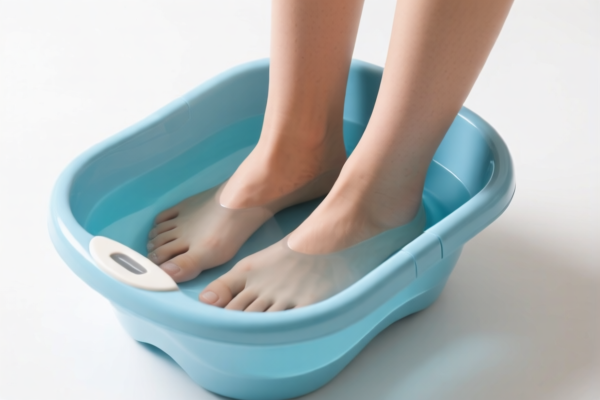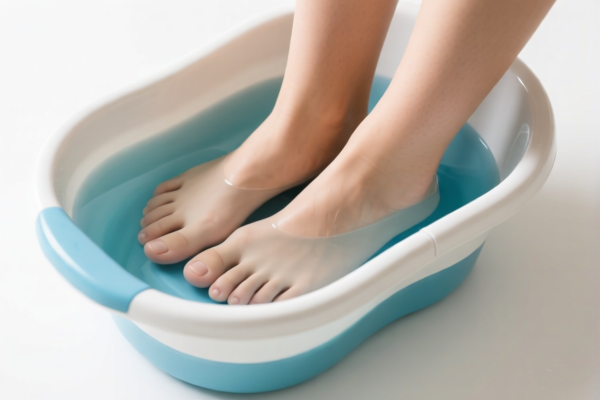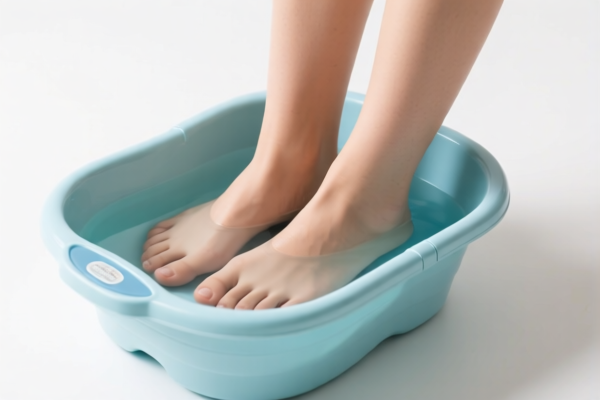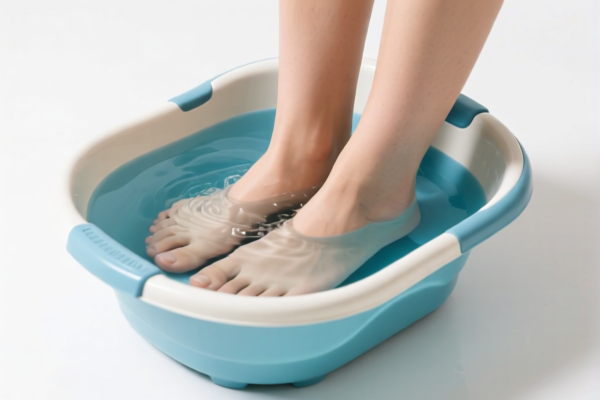| HS Code | Official Doc | Tariff Rate | Origin | Destination | Effective Date |
|---|---|---|---|---|---|
| 9401698011 | Doc | 55.0% | CN | US | 2025-05-12 |
| 9401999081 | Doc | 80.0% | CN | US | 2025-05-12 |
| 9402900020 | Doc | 30.0% | CN | US | 2025-05-12 |
| 9402900010 | Doc | 30.0% | CN | US | 2025-05-12 |
| 8304000000 | Doc | 33.9% | CN | US | 2025-05-12 |
| 9403608093 | Doc | 55.0% | CN | US | 2025-05-12 |
| 9403999061 | Doc | 55.0% | CN | US | 2025-05-12 |
| 3926901000 | Doc | 40.9% | CN | US | 2025-05-12 |
| 3926909910 | Doc | 42.8% | CN | US | 2025-05-12 |
| 3924104000 | Doc | 33.4% | CN | US | 2025-05-12 |
| 3924905650 | Doc | 40.9% | CN | US | 2025-05-12 |




Foot Rest
A foot rest is a support for the feet when seated. It is designed to elevate the feet, promoting comfort and potentially improving posture and circulation.
Material
Foot rests are constructed from a variety of materials, influencing their cost, durability, and aesthetic. Common materials include:
- Plastic: Lightweight and inexpensive, often used for basic, portable models.
- Wood: Offers a more traditional look and greater stability. Hardwoods like oak or beech are common.
- Metal: Provides robust support and is frequently found in adjustable or ergonomic designs. Often paired with other materials for comfort.
- Fabric/Leather/Mesh: Used as upholstery on padded foot rests, offering comfort and style. Common fabrics include cotton, polyester, and various leather types.
- Memory Foam: Used in padding for enhanced comfort and support.
Purpose
The primary purpose of a foot rest is to:
- Improve Comfort: Reduce strain on the lower back, hips, and legs by providing a resting place for the feet.
- Enhance Posture: Proper foot elevation can encourage a more natural spinal alignment.
- Promote Circulation: Elevating the feet can help reduce swelling and improve blood flow.
- Reduce Pressure: Alleviate pressure on the sciatic nerve and hamstrings.
Function
Foot rests function by:
- Supporting the Weight of the Feet: Distributing weight to reduce strain on legs and back.
- Adjusting Height/Angle: Many models offer adjustability to accommodate different body types and seating positions.
- Providing a Stable Surface: Ensuring the feet are securely supported.
- Offering Movement (in some models): Some foot rests incorporate rocking or swivel features to promote leg movement.
Usage Scenarios
Foot rests are used in a variety of settings:
- Office: Used with office chairs to improve ergonomic comfort during long work hours.
- Home: Used with sofas, armchairs, or recliners for relaxation and comfort.
- Travel: Portable foot rests are used during air travel or long car rides.
- Medical/Therapeutic: Used to promote circulation and reduce swelling for individuals with certain medical conditions.
- Gaming: Used with gaming chairs to provide comfort during extended gaming sessions.
Common Types
- Fixed Foot Rests: Integrated into the base of chairs or furniture, with no adjustability.
- Adjustable Foot Rests: Allow for height and/or angle adjustment to customize comfort.
- Portable Foot Rests: Lightweight and compact, designed for travel or easy storage.
- Ergonomic Foot Rests: Designed with specific contours and features to promote optimal posture and circulation. Often include rocking or swivel functions.
- Foot Hammocks: Suspend the feet in a comfortable position, often used for relaxation.
- Under-Desk Foot Rests: Designed to be placed under a desk while seated.
- Massage Foot Rests: Incorporate massage features to stimulate circulation and relieve tension.
Based on the provided information, the classification of “foot rest” requires careful consideration of its material and specific function. Here are relevant HS codes based on the reference material:
- 9401698011: This HS code covers Seats (other than those of heading 9402), whether or not convertible into beds, and parts thereof: Other seats, with wooden frames: Other: Other: Other household. This could apply if the foot rest is designed as a seat, even if primarily used as a foot rest, and has a wooden frame. The total tax rate is 55.0%, comprising a base tariff of 0.0%, an additional tariff of 25.0%, and a tariff of 30.0% applicable after April 2, 2025.
- 9403608093: This HS code covers Other furniture and parts thereof: Other wooden furniture: Other: Other. If the foot rest is constructed of wood and classified as furniture, this code may be applicable. The total tax rate is 55.0%, with a base tariff of 0.0%, an additional tariff of 25.0%, and a tariff of 30.0% applicable after April 2, 2025.
- 3926901000: This HS code covers Other articles of plastics and articles of other materials of headings 3901 to 3914: Other: Buckets and pails. While not a direct match, if the foot rest is made of plastic and has a bucket or pail-like structure, this code could be considered. The total tax rate is 40.9%, consisting of a base tariff of 3.4% and an additional tariff of 7.5%, with a tariff of 30.0% applicable after April 2, 2025.
It is important to note that the final HS code classification depends on the specific material composition and design of the foot rest. If the foot rest is made of cotton, cut to shape, HS code 9403999061 may be applicable.
Regarding HS code 9401698011 and 9403608093, please note the additional tariff of 25.0% and the tariff of 30.0% applicable after April 2, 2025.
Customer Reviews
No reviews yet.